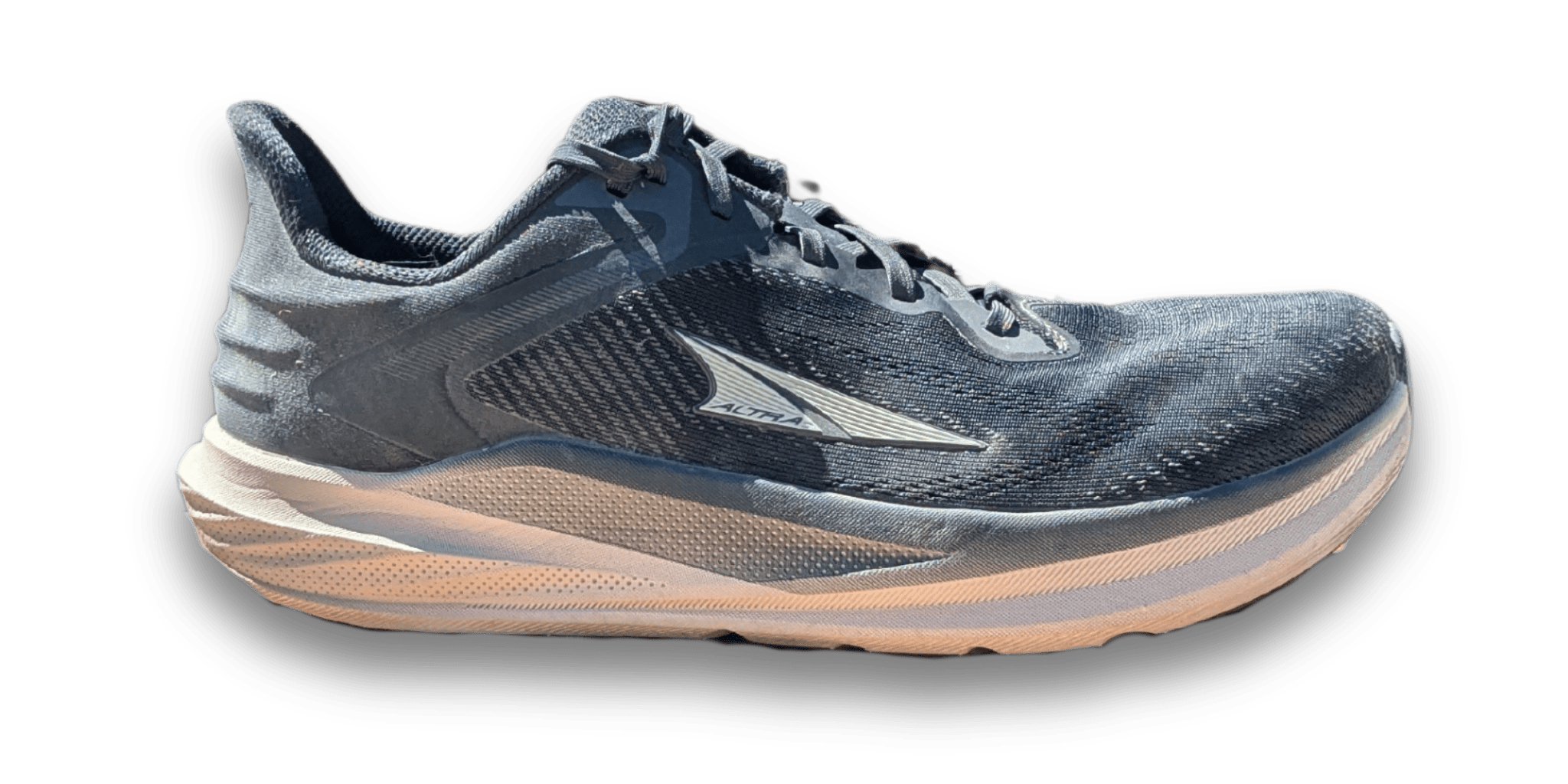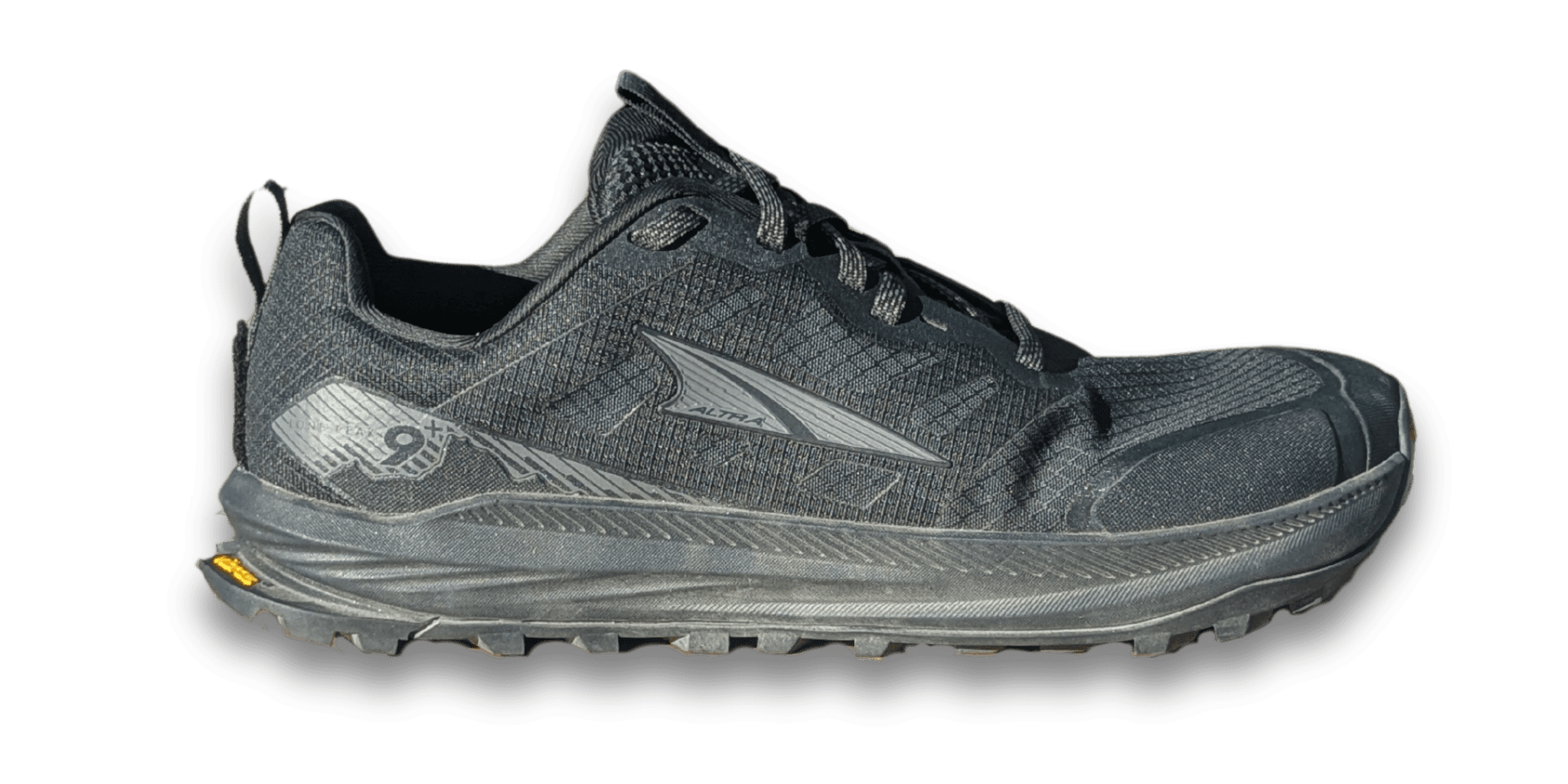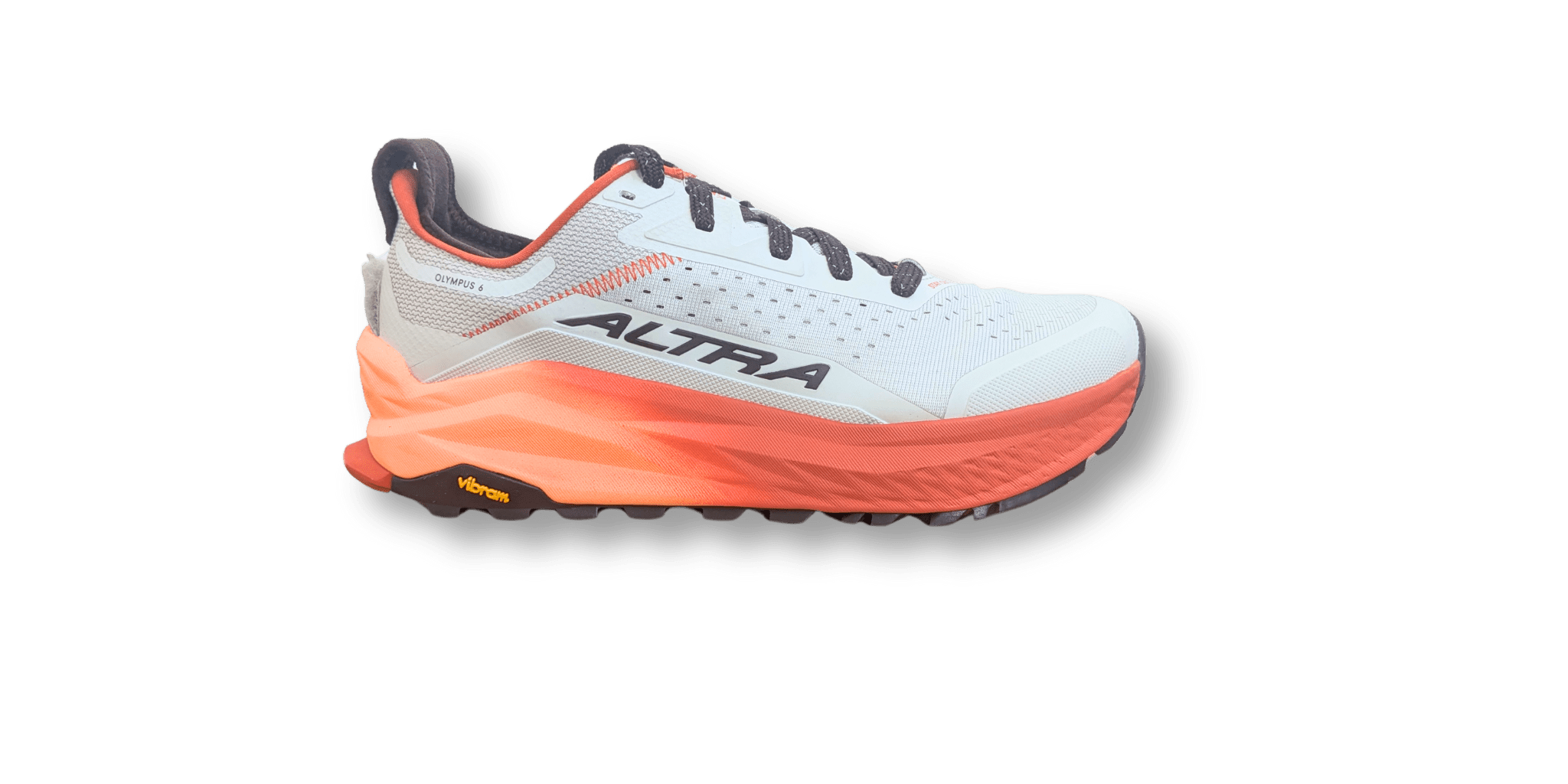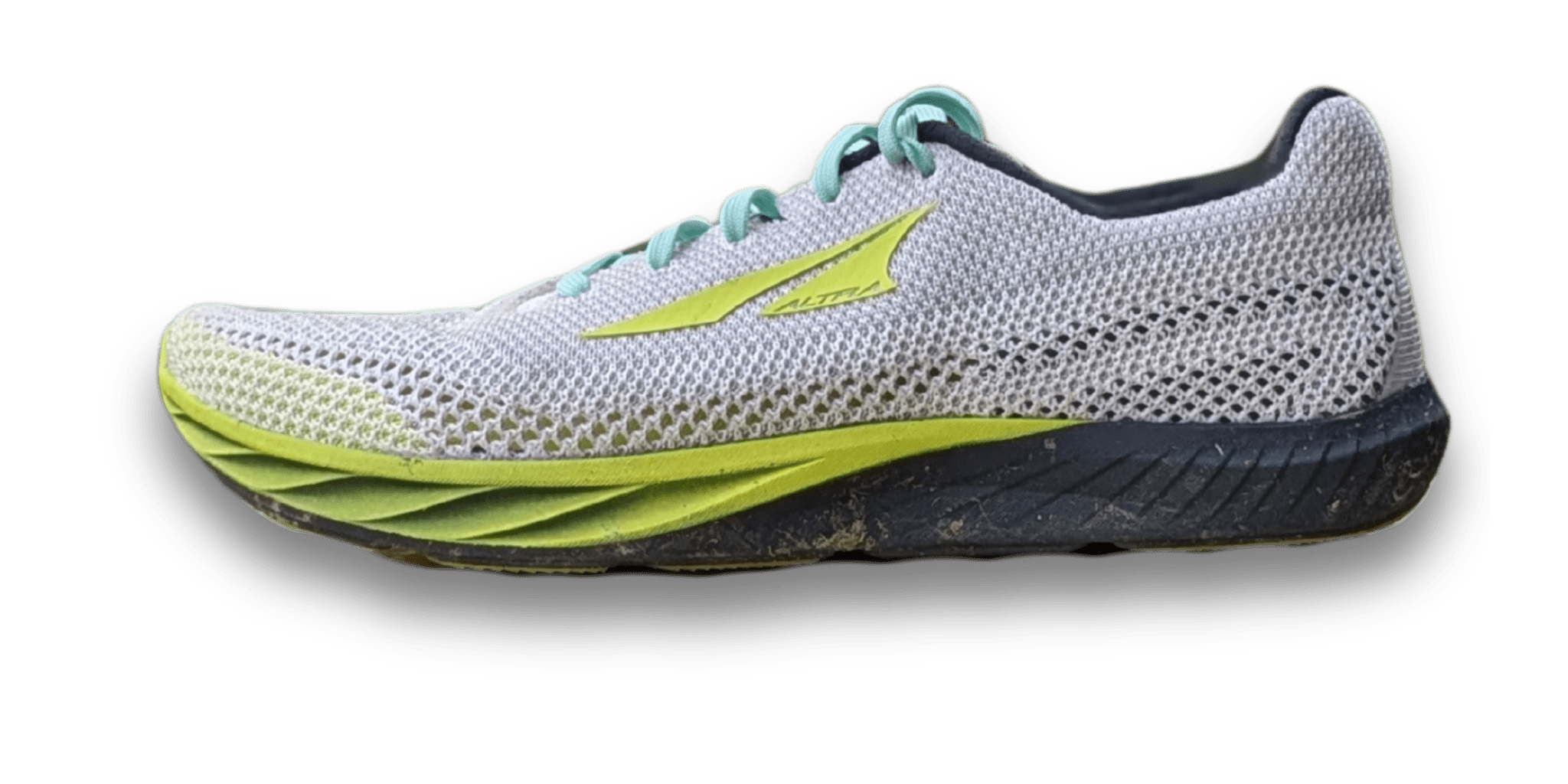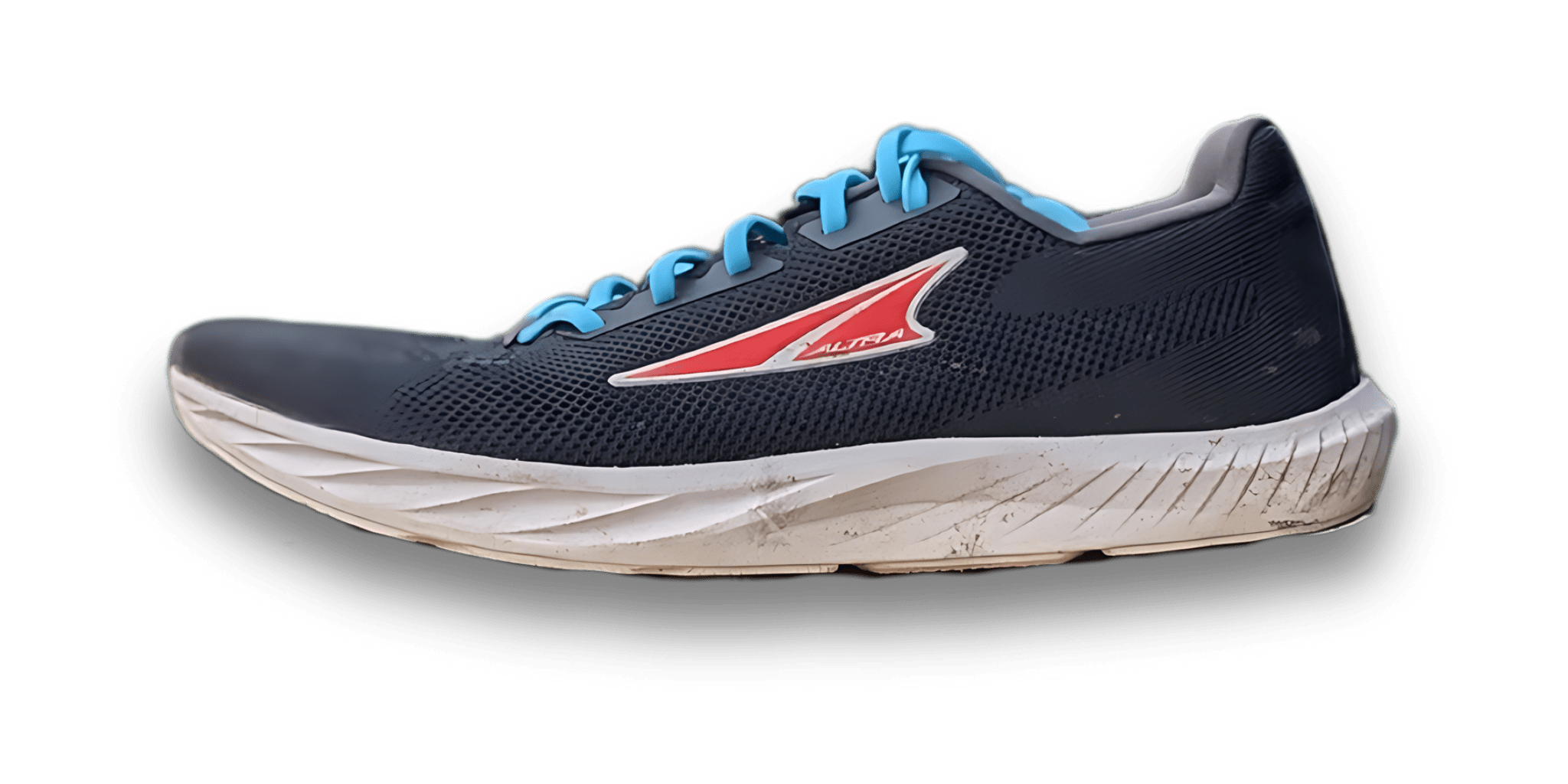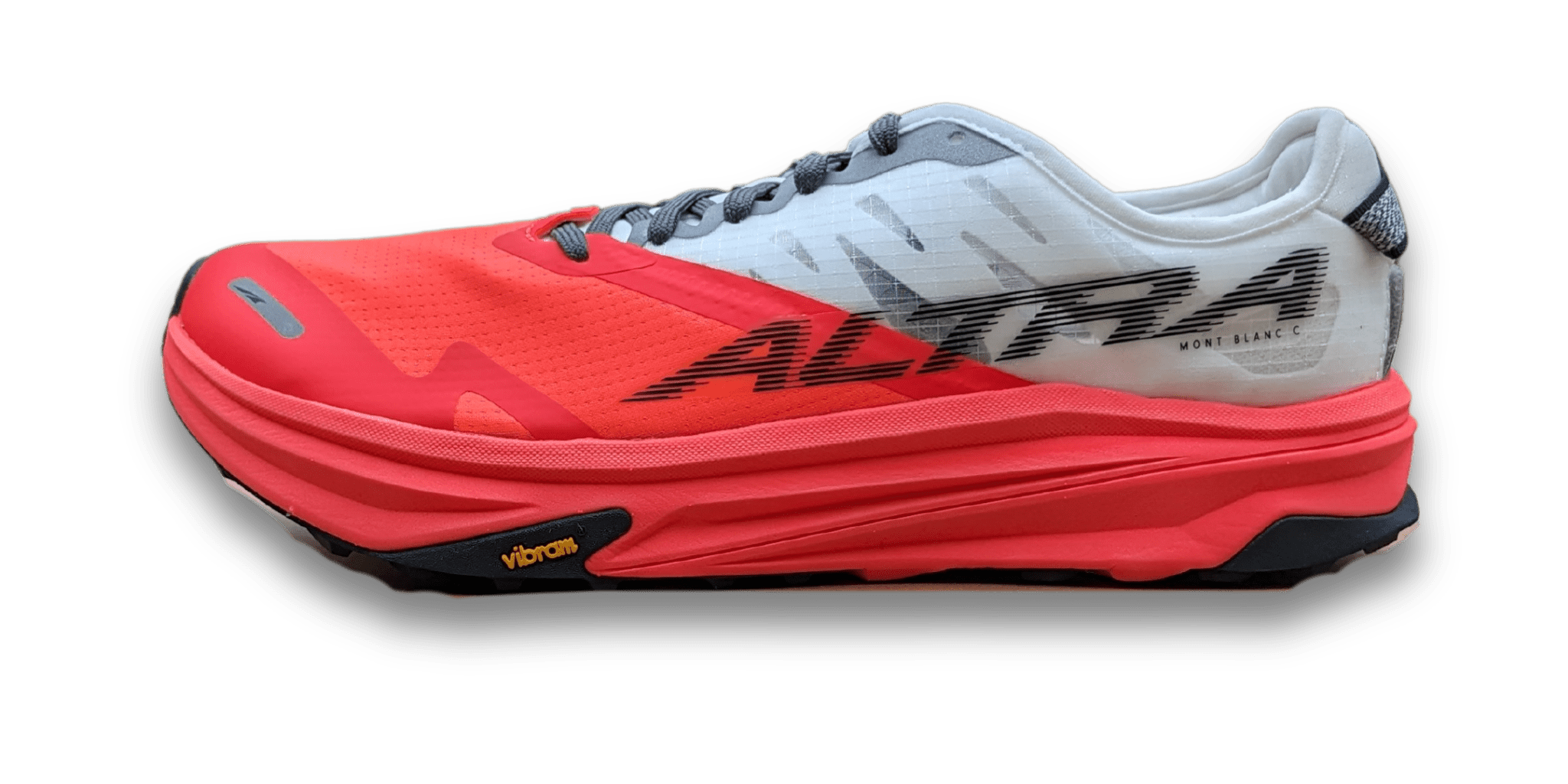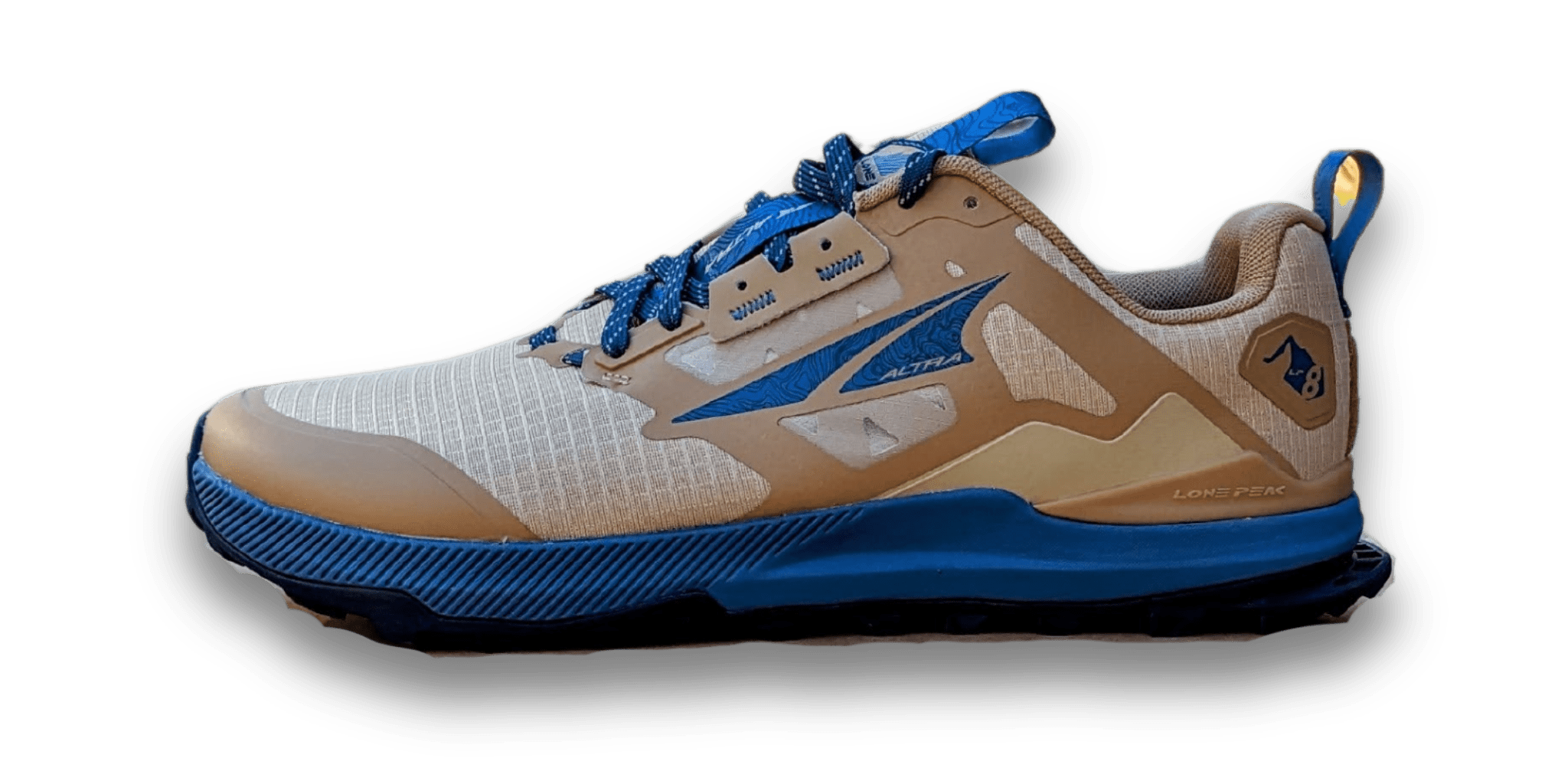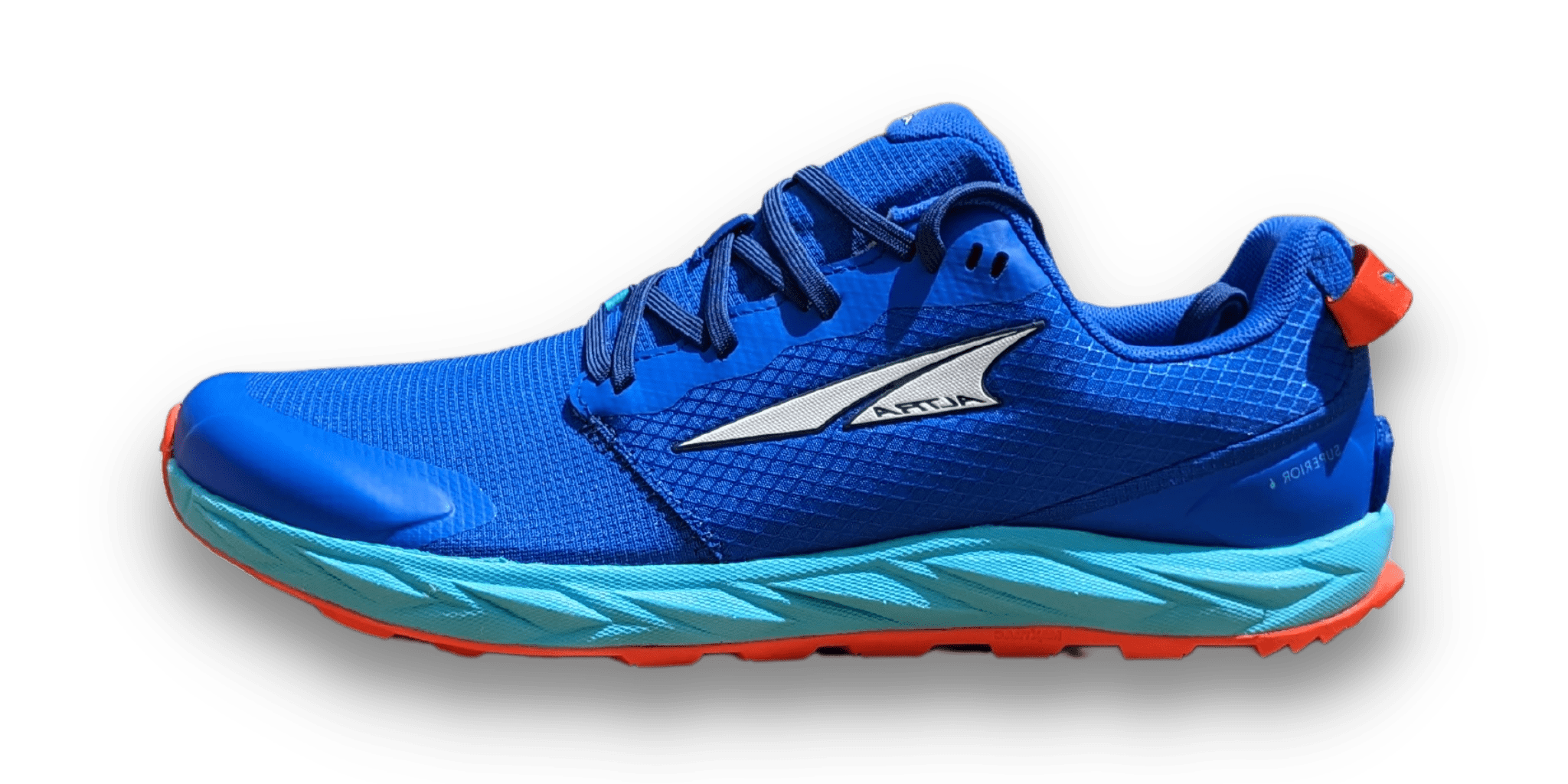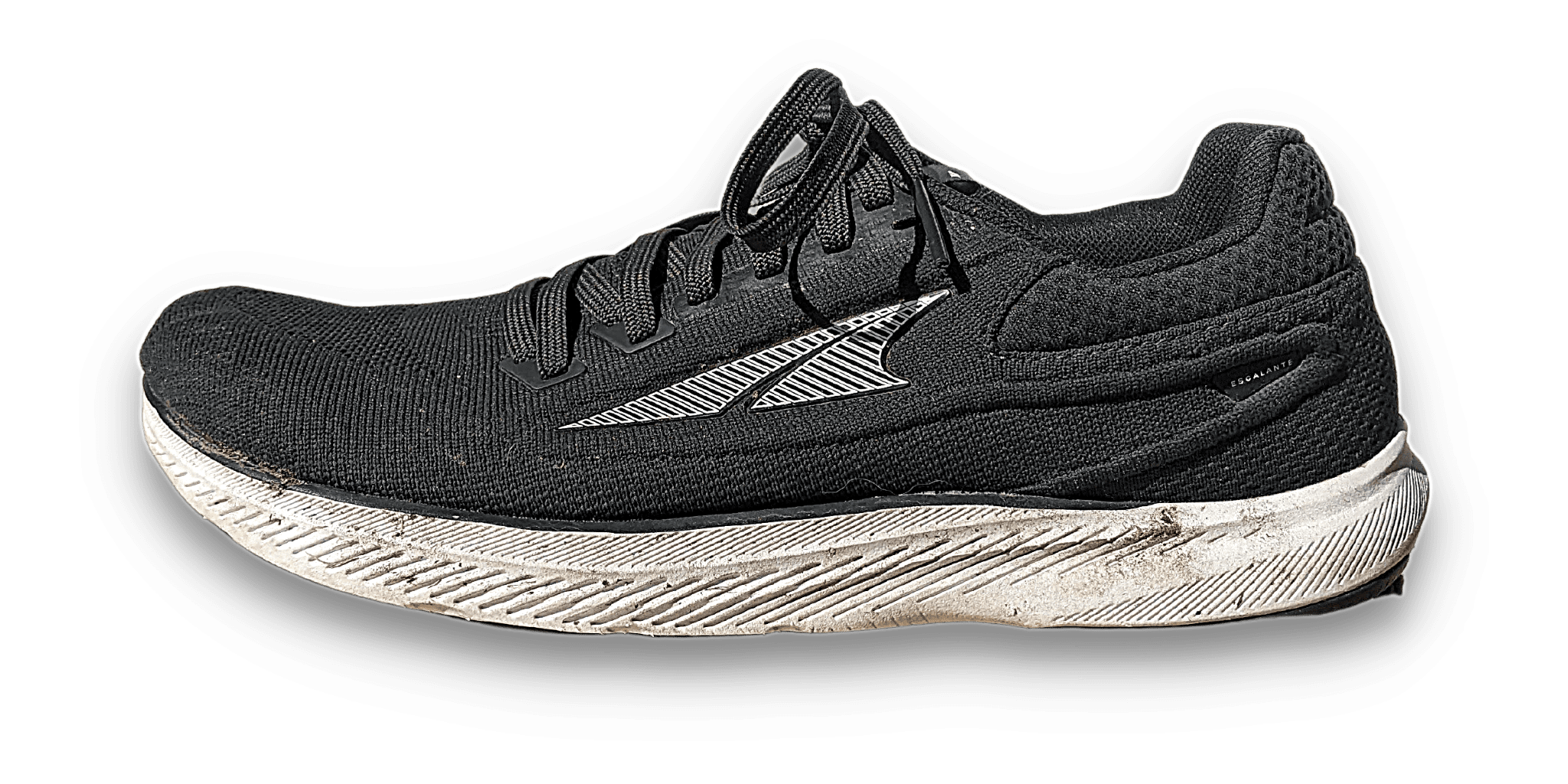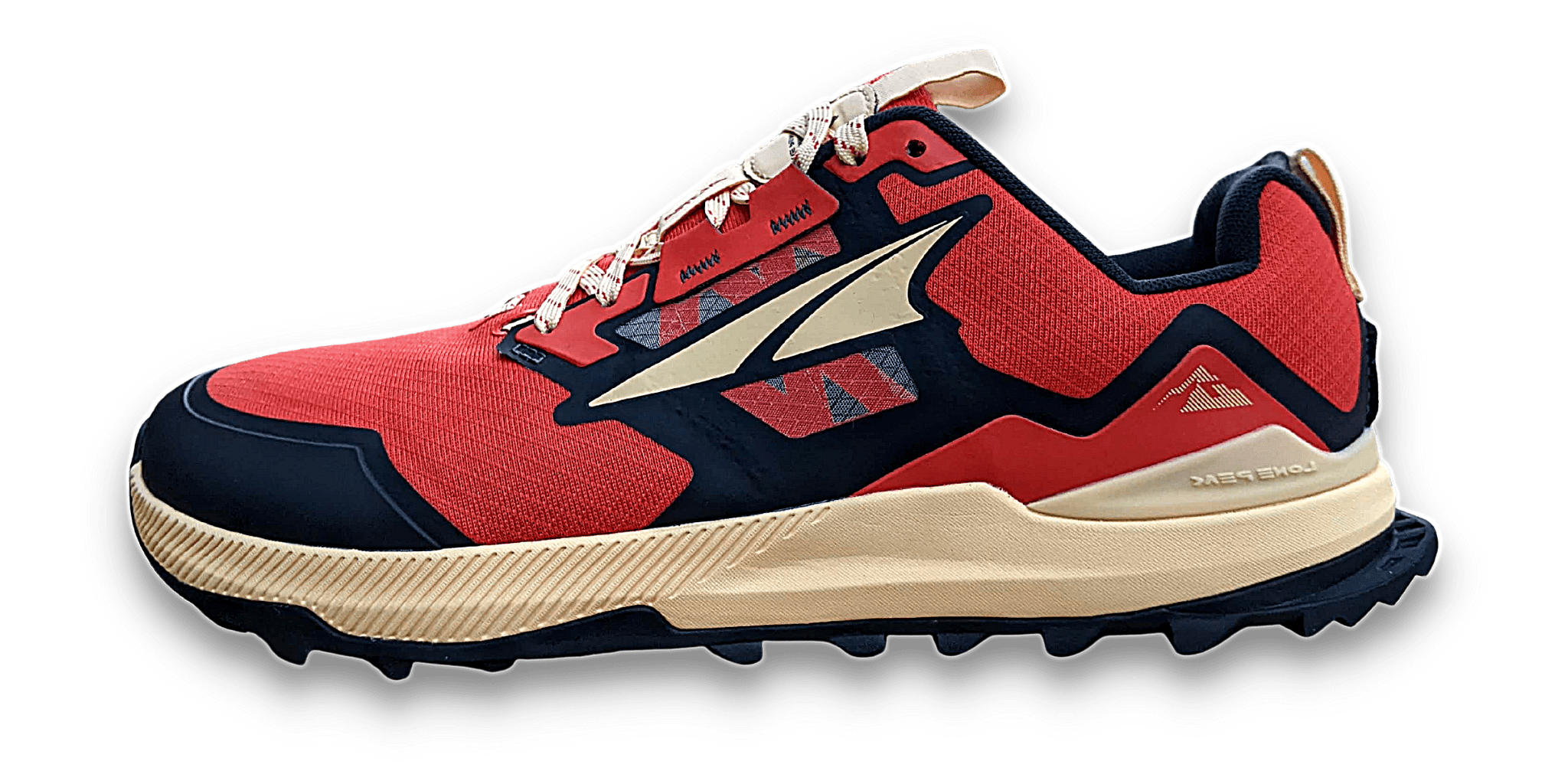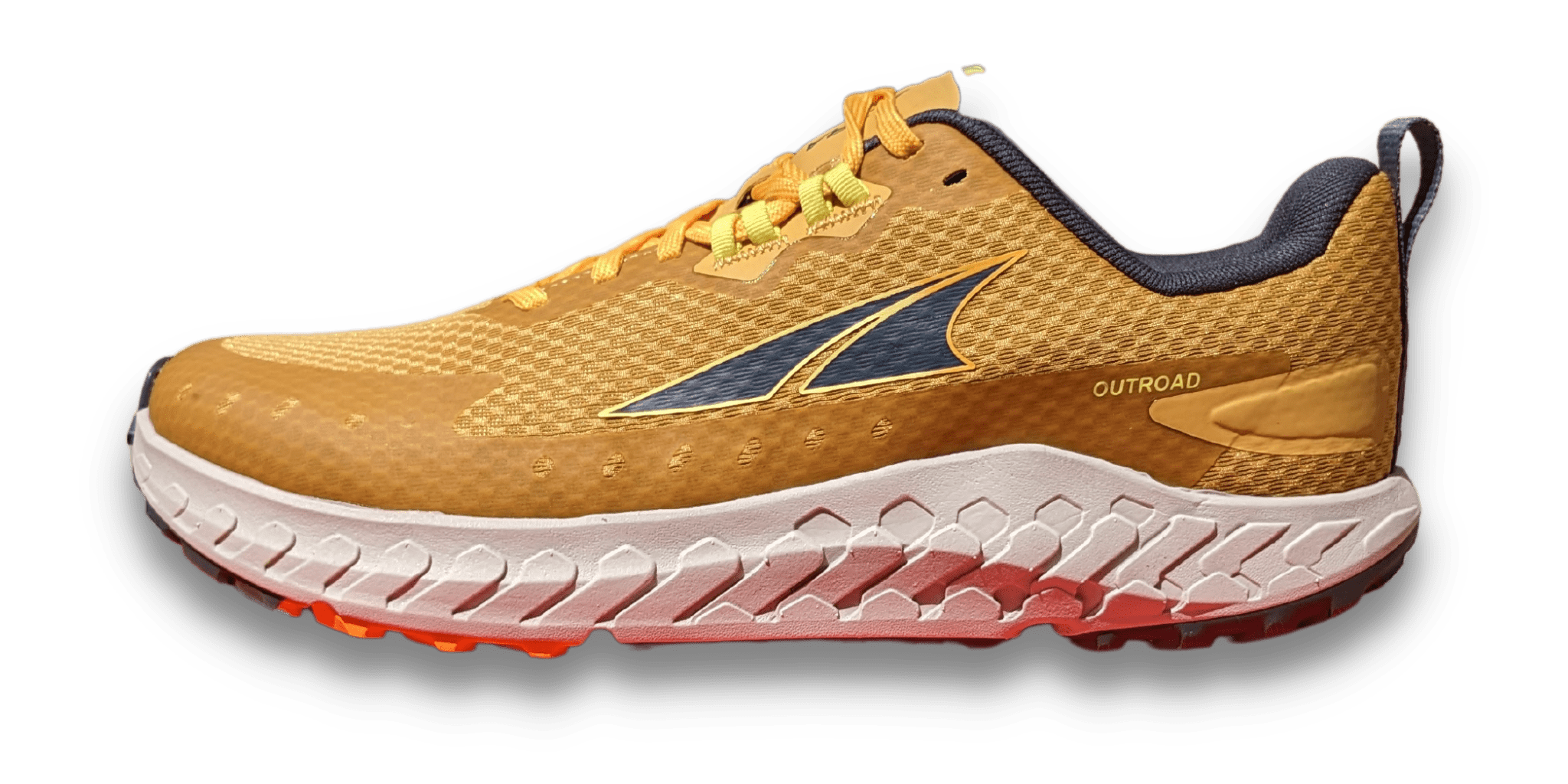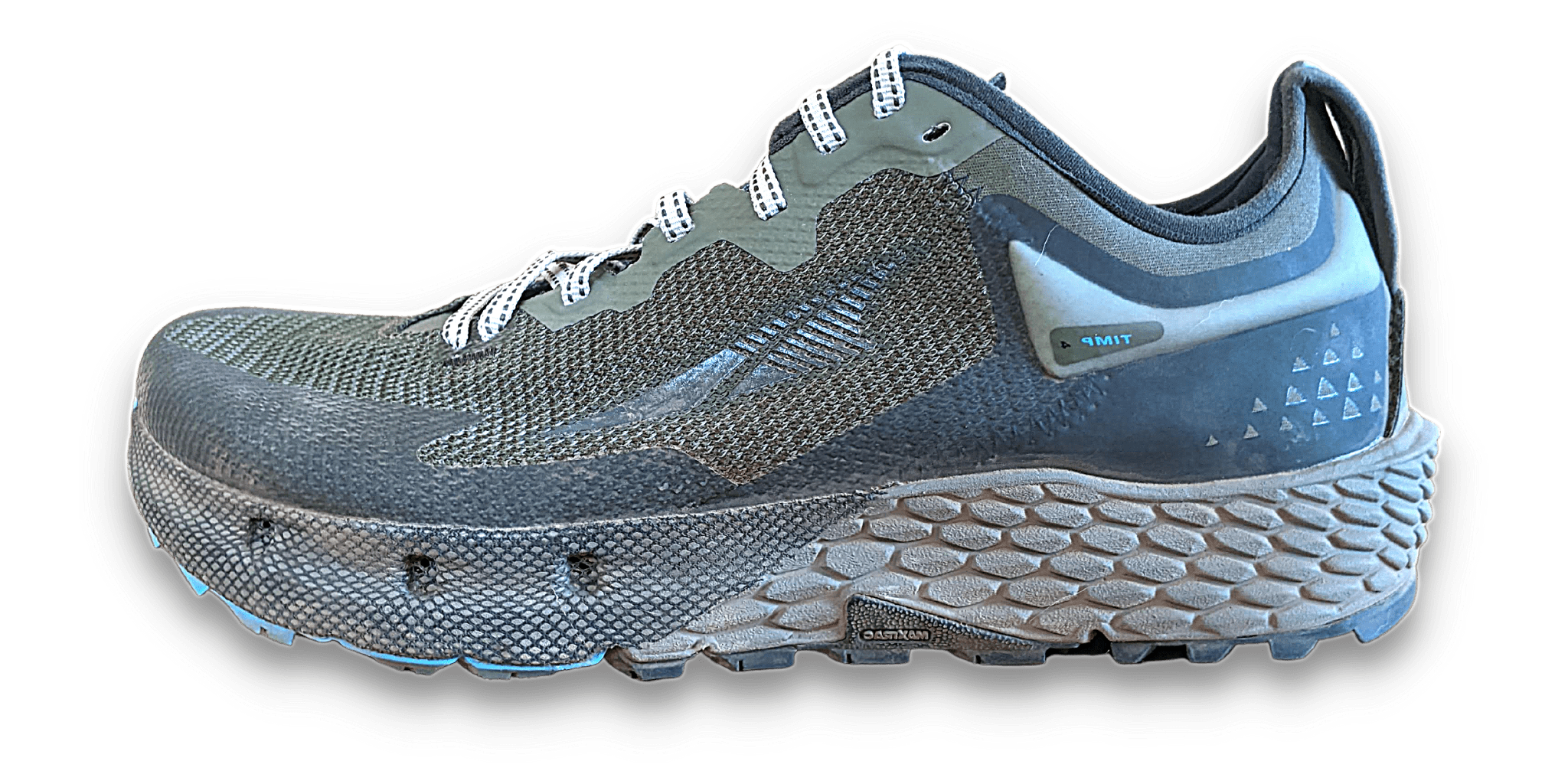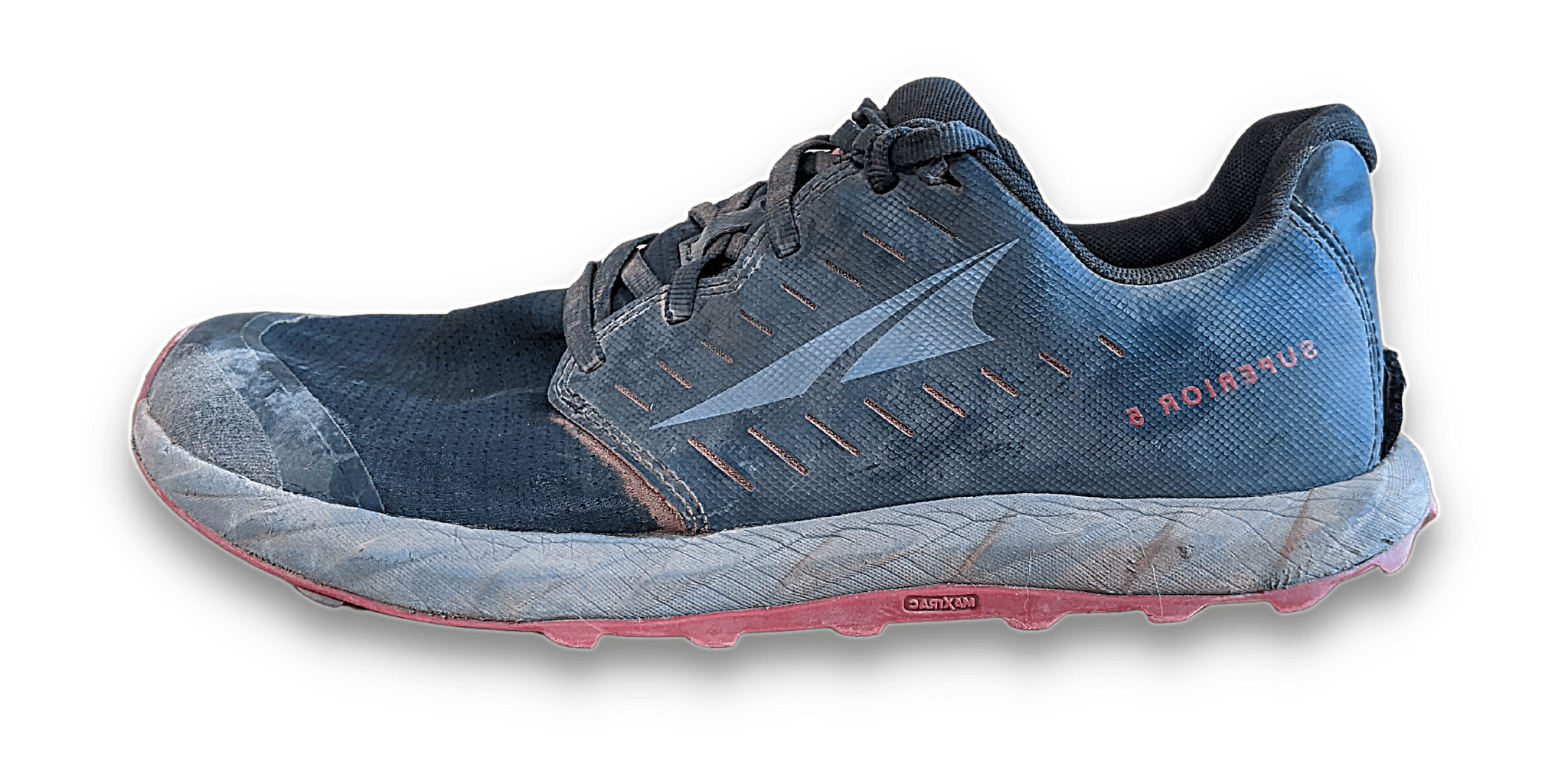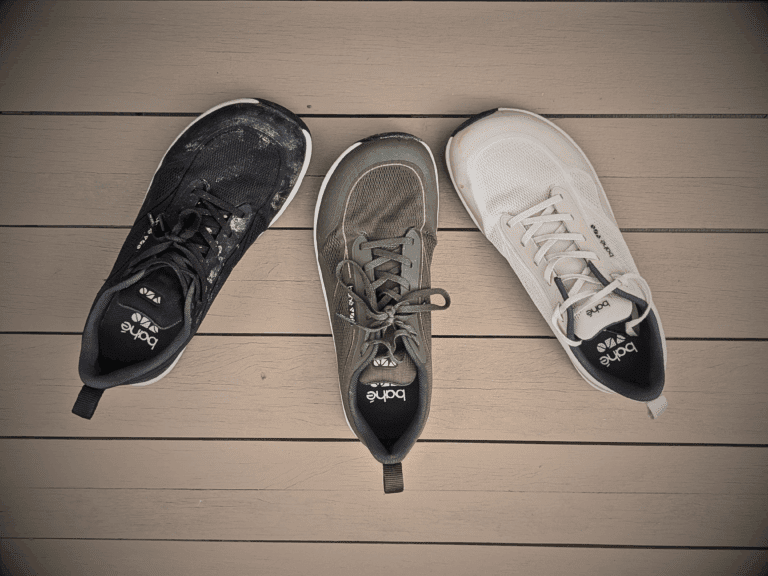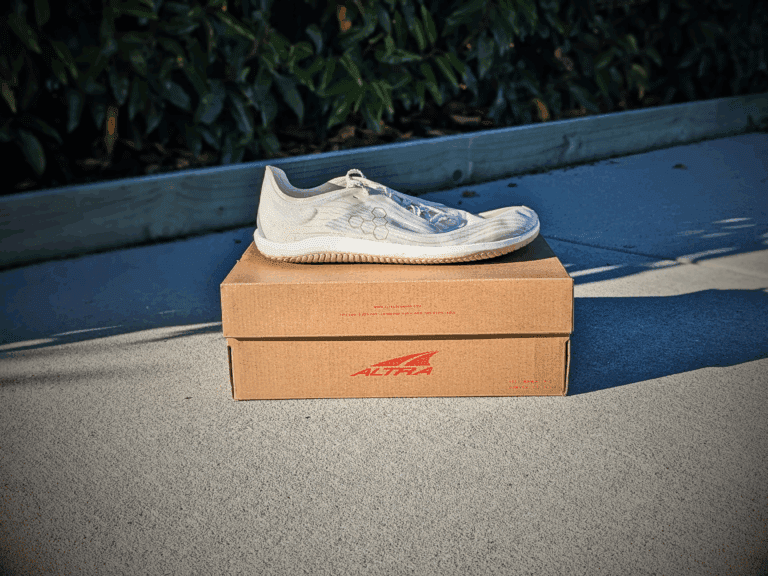The Torin 7 is now available!
More of the same Torin, with some essential upgrades.
The Altra Torin is a classic high stack, neutral, zero-drop shoe ready to chew up all the training miles you throw at it. With a great balance of “squish” and responsiveness, can this old-timer keep up with the new incomers such as the Rivera and Olympus Via?
Affiliate Disclosure: By clicking through the links on this page and purchasing the products, you’ll be helping me out. This is done because I receive a kickback from the sellers at no extra cost to you! Thank you so much for supporting us!
Amazon.com
Torin 6
(free returns)
What do you want to know?
Common questions:
In this review, I will take you through the fit, feel, and durability. Then I’ll expand on who the shoe is for and what situations it excels in.
We’ll start with the Torin’s fit because if it doesn’t fit, you’ll never hit the roads in it!
The Altra Torin is said to be Altras Standard fit, meaning it’s not the widest in the range, but also not super narrow. I feel that’s a pretty true representation of the fit.
The wide toe box is spacious and accommodating around the big toe. When compared with some of the newer slim-fit models like the Rivera, it’s obvious that there’s a little extra room around the big toe. The toe box widens, allowing your toes to splay during the foot strike. It also reduces the chances of blisters in the toe area because your toes aren’t squished and rubbing together.
Which Altra Shoe is for you?
Take a quick 4-question quiz to identify the perfect Altra running shoe for your feet! You'll get both road and trail options based on your answers!
If you have bulbous toes like me, you’ll want to change out the insole. In many Altras, I’ve had the issue of my big toe pressing against the top of the upper. That’s because even though the toe boxes are wide, they aren’t deep. One quick way to fix this is to change the insole for something thinner. The standard insole is around 4mm thick, so pretty chunky. I use some older Xero Shoes insoles to gain depth in the toe box.
It may be wide in the toe box, but it narrows in the midfoot. Lucky for us, there’s a wide option. And this is a personal thing. My feet are relatively regular in width, but that width continues back towards the midfoot. The Altra Torin slims down towards the midfoot to give a better lockdown. But for those like me, it means you spill over the outside of the shoe a little.
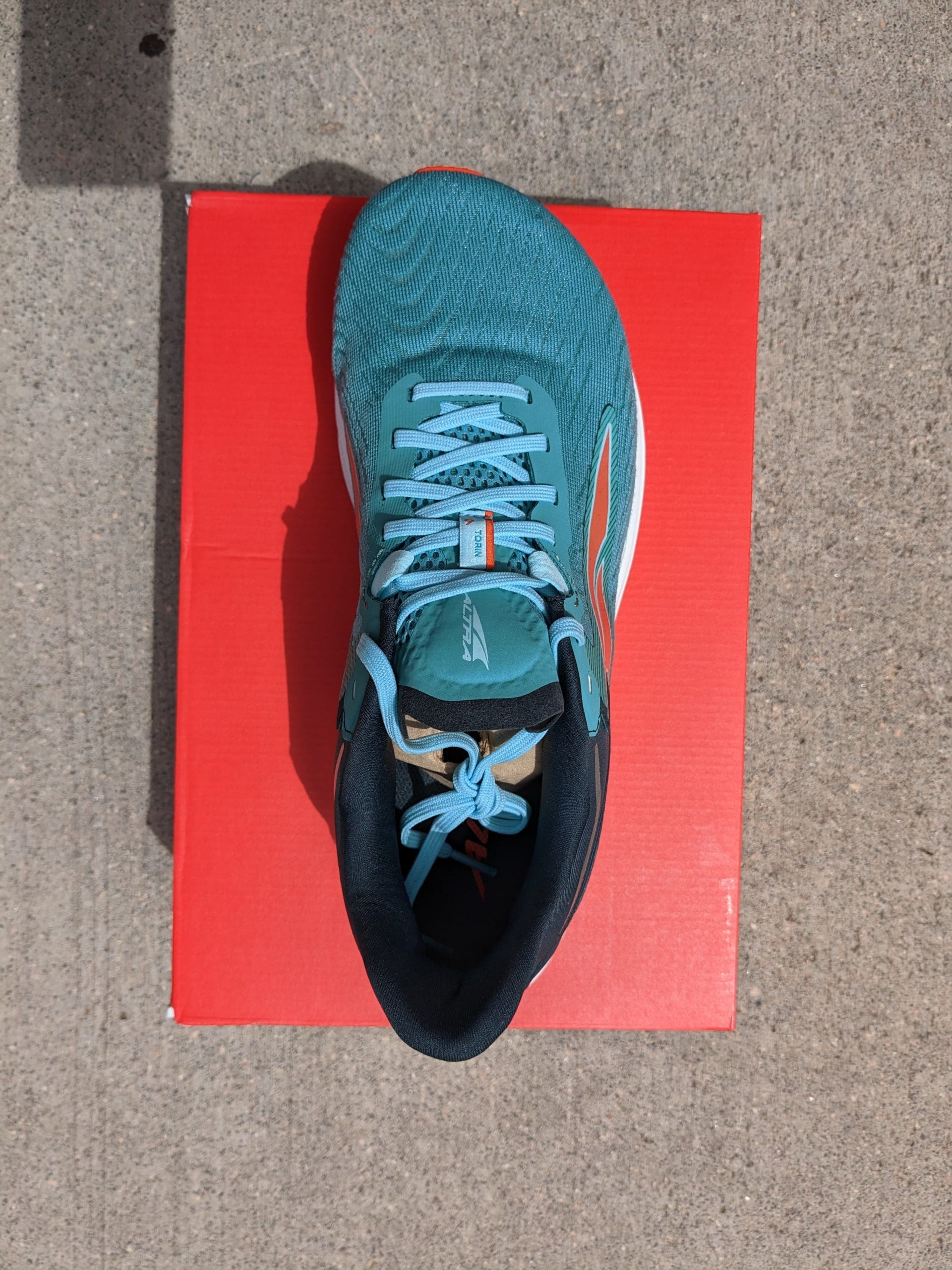
The softer fabric gives a little, so I can run in this standard width fine, but if I were to purchase the shoe again, I’d opt for the wide option, which gives a little more width and depth.
It’s possible to get a great lockdown even without a lace lock. I had zero heel slippage in the Torin, which is down to the chunky heel cuff that encases your heel after lacing up. I laced up the shoes straight out of the box and had no issues. And those with narrow heels can utilize the second eyelets or use a lace lock to ensure further that lockdown.

You’ll always have to wear higher socks because the tongue is still weird! This is the same style tongue as the Altra Timp 4 my wife ran in. And that tongue gave her sore spots in the front of her ankle unless she wore high socks or duct-taped those areas for longer runs. I’ve no idea why Altra decided not to use anatomical tongues, but we have to live with it for now!
Amazon.com
Torin 6
(free returns)
The Torin has a perfect balance of “squishy” and firm, which lends the shoe to long training miles.
The 4mm insole plus the EgoMax midsole offers a plush feel. When I worked at a shoe store, I remember selling the Torin 2. It was an easy sell because it was immensely comfy due to its squishy midsole. BUT that’s not always great for running. You don’t want to run with pillows on your feet. With the Torin 6, I’m happy that Altra has firmed up the midsole to help with some responsiveness but still keep enough squish to make it comfortable.
The tiniest amount of rocker helps push you forward. Most would not recognize the Torin to have any type of rocker. But coming from barefoot, it’s plain to see that the shoe does push you forward a little reducing the load on the toes. The footbed is still flat, so there’s no toe spring, but instead, the midsole tapers up in front of the ball of the foot towards the front of the shoe.

For a thick shoe, there’s still a good amount of flex. This is not a barefoot option; your foot is relatively immobilized due to the thicker midsole and rocker I mentioned earlier. But there is still some flex to the shoe laterally and towards the toes. That means the shoe could be an excellent first step when transitioning into a minimal shoe. The shoe will make your foot work “a little” harder than traditional shoes, but shouldn’t overload them either. In time, you can look at the Escalante and true minimal shoes.
The 9.9oz (280g) weight is heavy for a road runner, but you don’t feel it. The weight of the Torin is almost the same as the Rivera 3, and in the Rivera, I complained about the weight. But in the Torin, it doesn’t feel the same. Maybe that’s because it’s a true daily trainer, and you wouldn’t expect to pick up the pace in it. My only advice would be, if you want a lighter shoe, go minimal 🙂
Amazon.com
Torin 6
(free returns)
It’s time for the Torin 6 to shine!
The outsole is covered with rubber, and it’s going to last! Some road shoes decide not to cover the outsole in an attempt to cut weight. That’s fine if it’s a race day shoe that you’ll only take to 200 miles. But for a daily trainer, durability is vital. I’ve seen this rubber before in the Escalante 3, and it holds up very well, so I’m super confident that it’ll far surpass 500 miles.
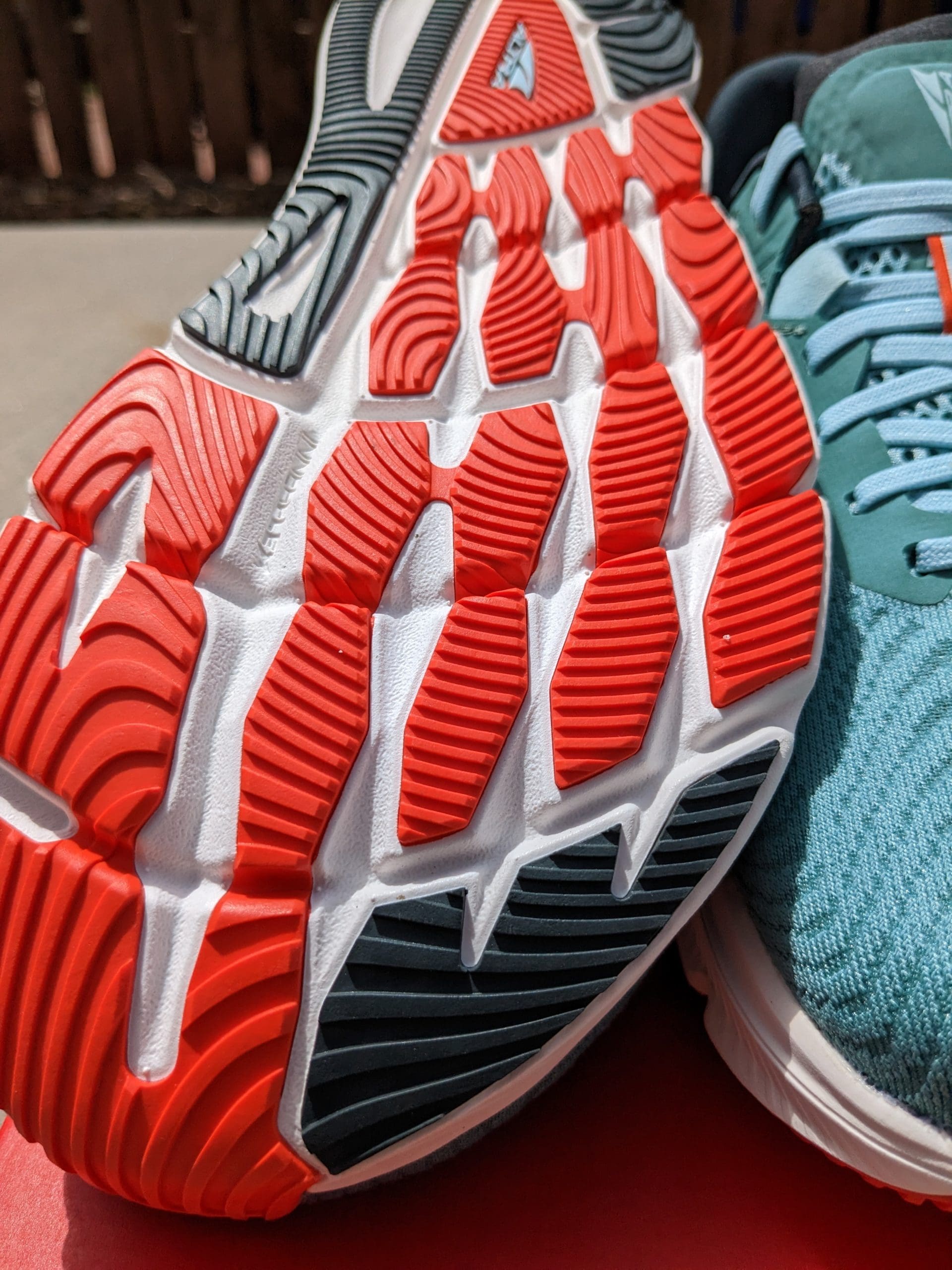
The inner ankle and heel cup is smooth and silky. That’s good and bad. Because the material is soft, it’ll cause very little friction. That’s great because it’ll last much longer, but at the same time, if you don’t get that lockdown right, you’ll be slip-sliding in the shoe. From a durability aspect, it’s a good thing, and the inner materials are less likely to be part of the shoe that wears out first.
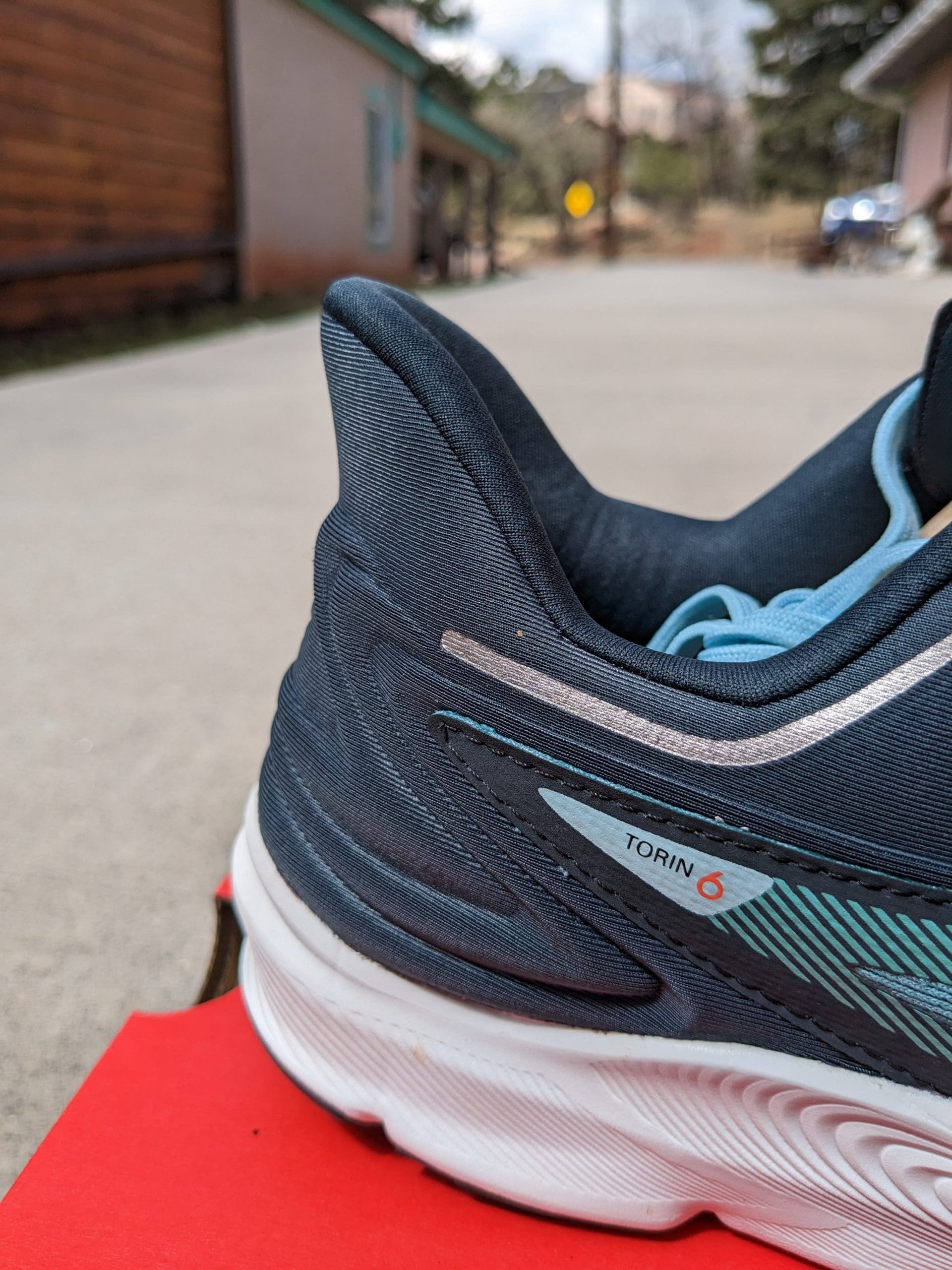
All midsoles flatten out, and EgoMax foam is no exception. The longevity of the midsole foam depends mostly on you. The midsole foam will wear out quicker if you’re a heavier runner or land heavily on your feet. This can sometimes happen very early on in a shoe’s life, but that doesn’t mean the shoe is done. Unless the wear pattern is very uneven, it’s possible to run in the shoes for a long time, but eventually, you’ll want to upgrade to feel that nice squishy feel again.
The upper….. It’s a nice material, but I worry I may bust out the side. Here’s the thing that’ll break first. The upper is a tight, flexible weave with enough give for a comfortable fit. But there are few overlays in the high-wearing areas. For example, the widest part of my foot, towards the midfoot, visibly pokes out. It’s not uncomfortable, but I imagine I will wear it through the upper over time. Similarly, the upper that sits above my big toe could see a lot of friction that could wear too.
If you have any tight spots, the upper will likely be the first part of the shoe that wears out. You can’t win them all! I still expect at least 500 miles out of this shoe.
Amazon.com
Torin 6
(free returns)
So, who is this shoe for?
Fit-wise, almost everyone. Because there’s a standard and wide option, many foot types can fit into this shoe. The nice wide toe box accommodates many toe variations, and a fitted midfoot keeps you locked down.
If you want to transition from a conventional shoemaker like Hoka or Nike, I’d 100% recommend trying the Torin. You’ll find the fit refreshing, and the feel will not alienate you, and you may just like it! 🙂
But if you’re a minimal runner looking for a little cushion, the Torin is slightly too high. You lose too much ground feel and toe activity. My advice would be to try the Escalante instead.
Amazon.com
Torin 6
(free return)
All-in-all, the Torin is a quality daily trainer that fits like a shoe should fit.


